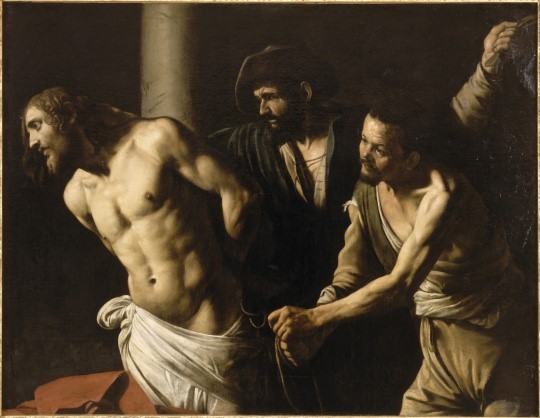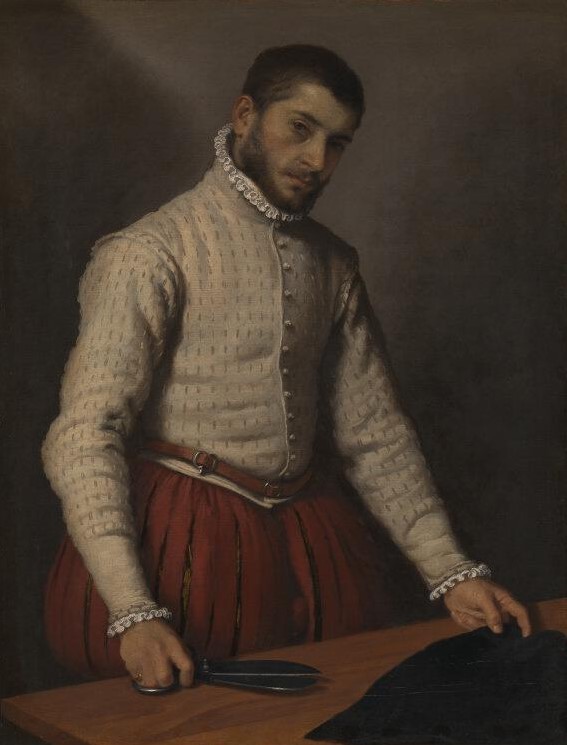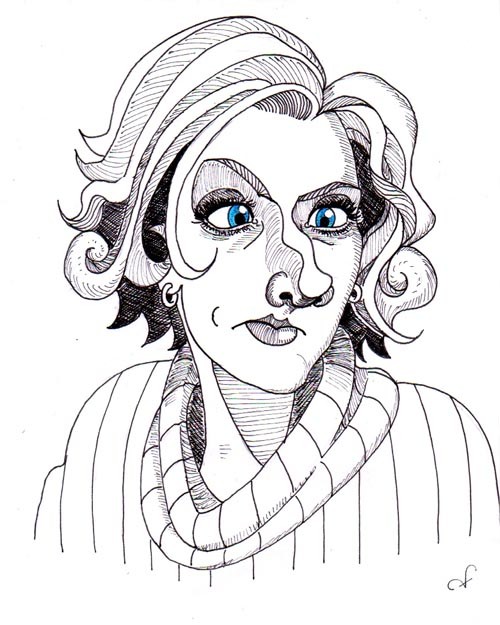Napoleon.org : Fanny Farieux, have you always liked drawing?
Fanny Farieux: Drawing is an activity which takes you on a journey, and sometimes requires you to concentrate so much so that you end up forgetting everything else which is quite a nice feeling. As far back as I can remember I have always drawn, I always had a pencil in my hand as a child, some of the family furniture is still around to prove it! I even used to drop my felt pens on purpose so that I could scribble on the bars of the chairs as I was reaching down to pick them up. I innocently imagined my parents would never notice. Later I thought about going to art school. When I finally decided to study philosophy, I kept up drawing as a hobby.
Napoleon.org : What were your sources of inspiration then and now?
Fanny Farieux: I was really into the 19th century when I was a teenager. Not so much the art of the period, more the general melancholic aura that that century held in my imagination. Actually, it was also the fashions that I found really elegant and so I often dressed my characters in clothes reminiscent of the era. I’ve always preferred drawing people to let say landscapes, I love to watch the human body -especially male ones, because their musculature is more visible (don’t misunderstand me!). I particularly like faces: the play of light and shadow, the look in the eyes, the way emotions are expressed, and the overall balance of the features. The paintings of Caravaggio and Giovanni Battista Morini really touch me for these reasons.

© RMN-GP (Gérard Blot) / Musée des beaux-arts Rouen (https://art.rmngp.fr)
► see more about this work on the website of the Musée des Beaux-Arts of Rouen

© National Gallery, London
► more on the work of Moroni on the website of the National Gallery
Napoleon.org : What skills are necessary for drawing and in particular, for cartoons?
Fanny Farieux: Apart from technique, one needs patience and powers of observation. In the case of cartoons, it is not a perfect representation which is needed, if a leg or arm isn’t perfect it’s not a big deal. Where observation is needed is in the comic potential of the situation, the attitude of the characters or their dialogue. Or maybe in the capacity to identify in a face the predominant features in order to accentuate them into a caricature. But at the same time, without falling onto the trap of being small-minded or unkind. I try make my drawing funny whilst keep a sense of balance.
Napoleon.org: What are the stages of a drawing? For example for our series Whimsical Napoleon, did you do some research?
Fanny Farieux:
For this series, the starting point is my discussions with Thierry Lentz, on a given subject (and Thierry is not short of ideas, which helps!) We decide a subject – about the life of Napoleon and his contemporaries – and then imagine ways to represent it with humour. Thierry helps a lot with historical details that I am not so sure of, such as the clothes that were worn at the time, the ages of the people at the time of the event, or their character. I then spent time looking at portraits (engravings paintings) in order to caricature the faces. I have to formulate in my head a clear image of what I need to put on paper, even though I may have to modify details later on. I can’t just start drawing directly with materials that can’t be changed later on. I’ll need to make sketches before starting the final copy.
Napoleon.org: What do you get out of drawing? Joy, surely, but maybe doubts, frustrations?
Fanny Farieux : Absolutely I get a lot of joy from drawing, being able to express my creativity in this way putting into form an idea that exists essentially in my head! Sometimes I do get frustrated when I don’t quite manage to put down on paper the idea I had in my head. I’m not always satisfied, and my eye can’t help noticing any little details I didn’t quite get right.
(Interview realised by Irène Delage, May 2020, translation RY)


